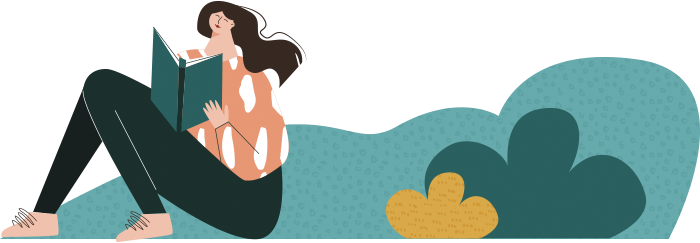Have you ever caught yourself reacting in a way you didn’t expect — snapping at a colleague, avoiding a difficult conversation with a friend, or feeling anxious about a simple decision? Transactional Analysis (TA) provides a framework for understanding these patterns, helping you navigate your inner world and improve your relationships.
What is Transactional Analysis?
Transactional Analysis is a psychological theory developed in the 1950s by psychiatrist Eric Berne. It explores how people communicate, the repetitive patterns in our behaviour, and the “scripts” we live by — often unconsciously.
TA is widely applied in therapy, coaching, leadership development, and personal growth, because it helps individuals understand themselves, manage conflicts, and interact more effectively in workplaces, families, and social settings.
The Three Ego States: Parent, Adult, and Child
At the heart of TA are three ego states: Parent, Adult, and Child. Each represents a consistent way of thinking, feeling, and behaving.
1. Parent Ego State
The Parent ego state contains the rules, values, and guidance we absorbed from caregivers and society. It has two sides:
- Nurturing Parent: supportive and caring.
Example: Telling a colleague, “You’ve done a great job — take a break if you need one.” - Critical Parent: judgemental or controlling.
Example: Feeling frustrated and thinking, “You really should have done this differently.”
Classic TA scenario — feeling told off: Imagine a manager speaking sharply about a missed deadline. You feel criticised and perhaps shrink back, feeling anxious or defensive. This is a Critical Parent → Adapted Child transaction in action: the Critical Parent voice of authority triggers the Adapted Child’s compliance or guilt. These interactions are sometimes called games in TA — predictable patterns that keep people stuck in emotional loops.
2. Adult Ego State
The Adult is rational, objective, and grounded in the present. It processes facts, evaluates options, and makes conscious decisions.
Example in the workplace: You receive critical feedback on a project. Instead of reacting defensively (Child) or internally judging the sender (Parent), you assess the facts, ask clarifying questions, and respond constructively — that’s your Adult ego state at work.
3. Child Ego State
The Child ego state is emotional, spontaneous, and reactive. It also has two key expressions:
- Free Child: playful, curious, creative. Example: Suggesting a fun idea in a team brainstorming session.
- Adapted Child: conforms, seeks approval, or avoids conflict. Example: Hesitating to speak in a meeting because “that’s not my place,” or feeling scolded when plans change.
By recognising when your Child state is active, you can catch yourself before automatic reactions take over.
Transactions: How Ego States Interact
TA focuses not just on internal states but on transactions — the exchanges between people.
- Complementary transactions: communication flows smoothly between compatible ego states.
Example: Adult-to-Adult problem-solving conversation with a colleague. - Crossed transactions: mismatched communication, often causing conflict.
Example: You approach a team member with a calm Adult suggestion, but they respond defensively (Child). - Ulterior transactions: hidden motives or mixed messages.
Example: A manager says, “I trust you to handle this” (Adult), but the tone implies doubt (Critical Parent), leaving the employee confused.
Games like “Feeling Told Off” often involve repeated Critical Parent → Adapted Child transactions, which keep interactions emotionally charged and unproductive. Recognising these games is the first step towards breaking the cycle.
Applications of Transactional Analysis
TA has practical value in everyday life, work, and family settings:
- Self-awareness: Identify which ego state is active and respond consciously.
- Conflict resolution: Recognise crossed transactions and adjust communication.
- Leadership: Adult-to-Adult communication fosters trust and collaboration.
- Parenting: Balance discipline with support by understanding Parent and Child dynamics.
- Personal growth and therapy: Understanding TA provides useful context for psychotherapeutic work, complementing approaches you might already be familiar with. For more on how counselling and psychotherapy differ — and why both matter at Hammock — see our previous blog.
Why TA Matters in Modern Life
We live in a world of pressure, expectations, and constant interaction. It’s easy to get caught in reactive patterns. TA provides a practical framework for understanding ourselves and our relationships, helping us:
- Communicate more effectively at work and at home.
- Reduce misunderstandings in family and friend dynamics.
- Recognise internal patterns and take responsibility for choices.
By learning to shift between Parent, Adult, and Child consciously, we can respond rather than react, build healthier relationships, and manage workplace and personal challenges with clarity.
Looking Ahead: Exploring Other Approaches
TA is just one lens for understanding our inner world. Future blogs will explore parts theory and other approaches that look at even more nuanced internal voices. For now, understanding your Parent, Adult, and Child ego states gives you a practical toolkit for self-awareness, communication, and personal responsibility.
Thanks all
Ed
(Hammock co-founder & private practice therapist)


